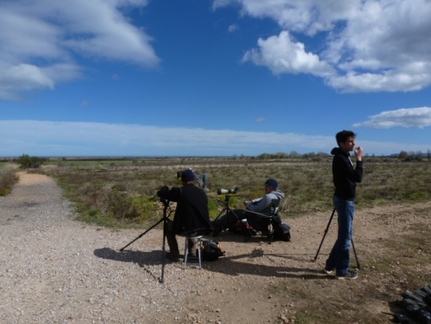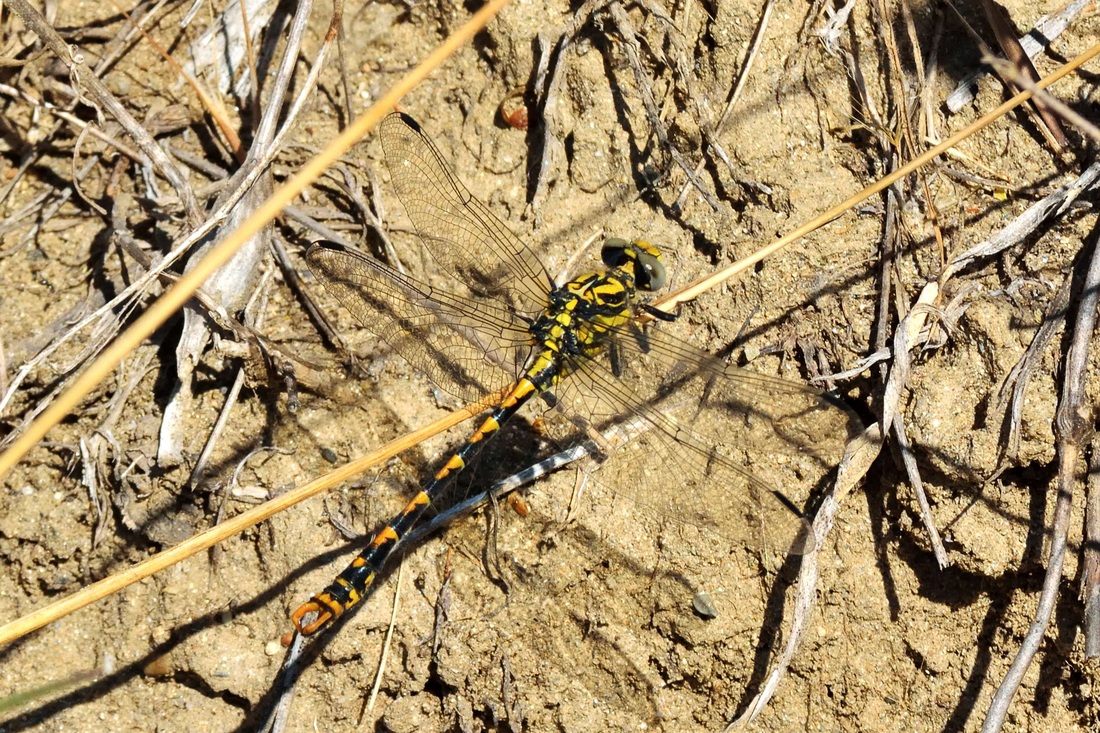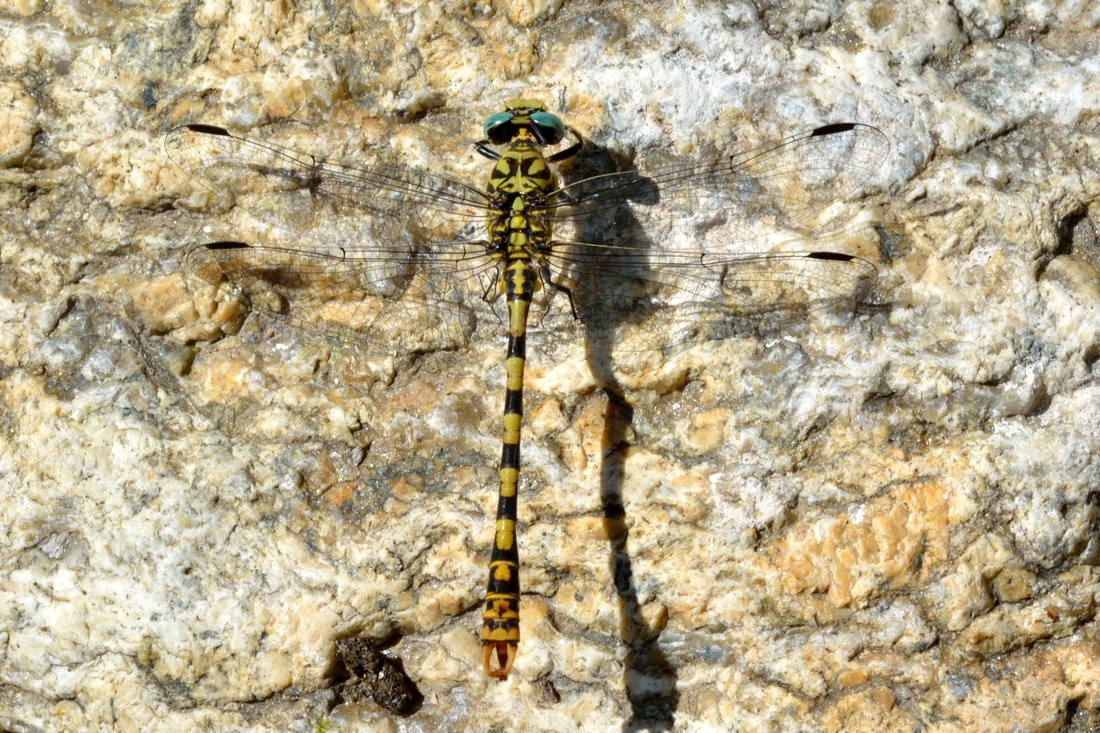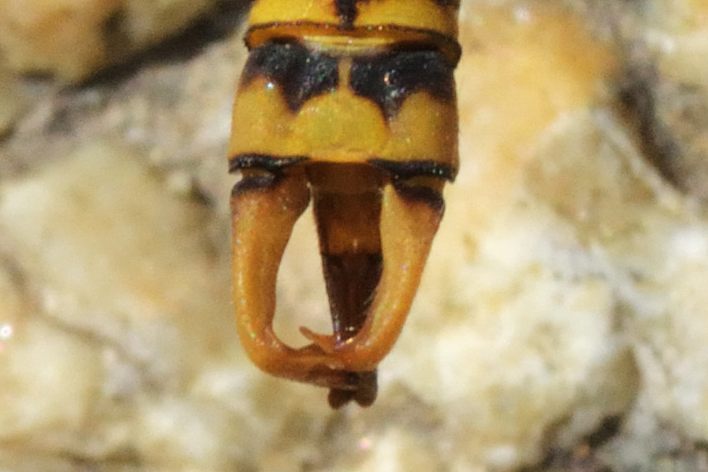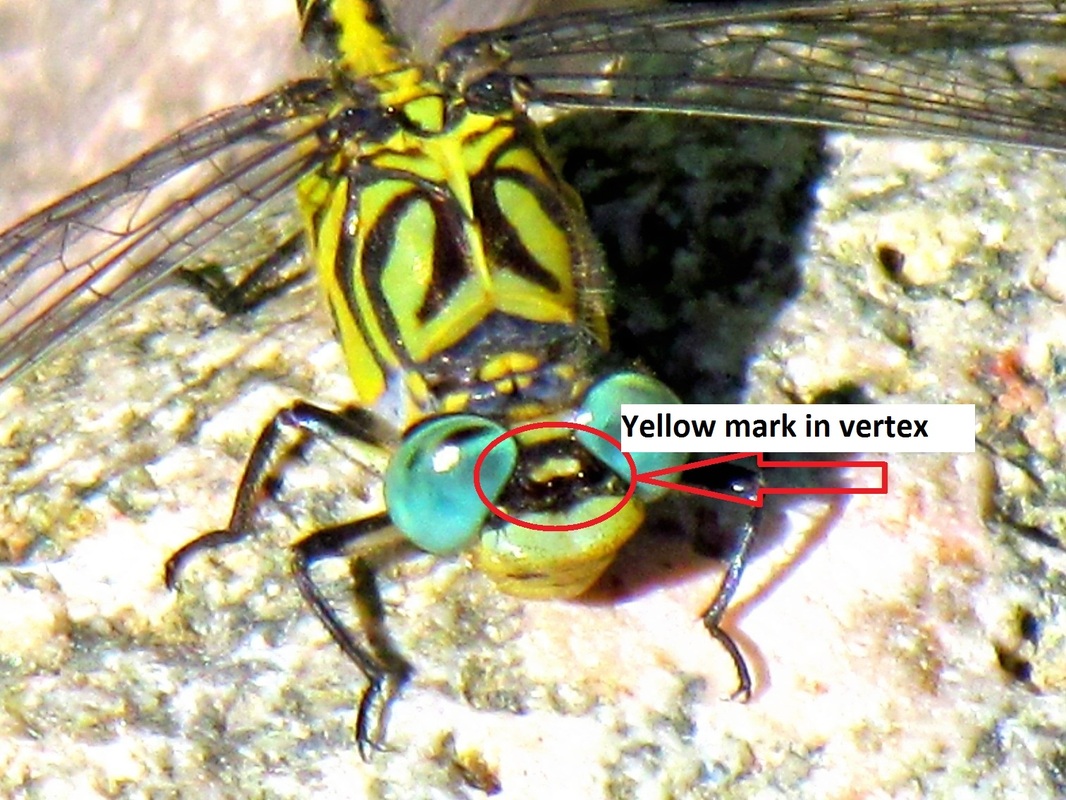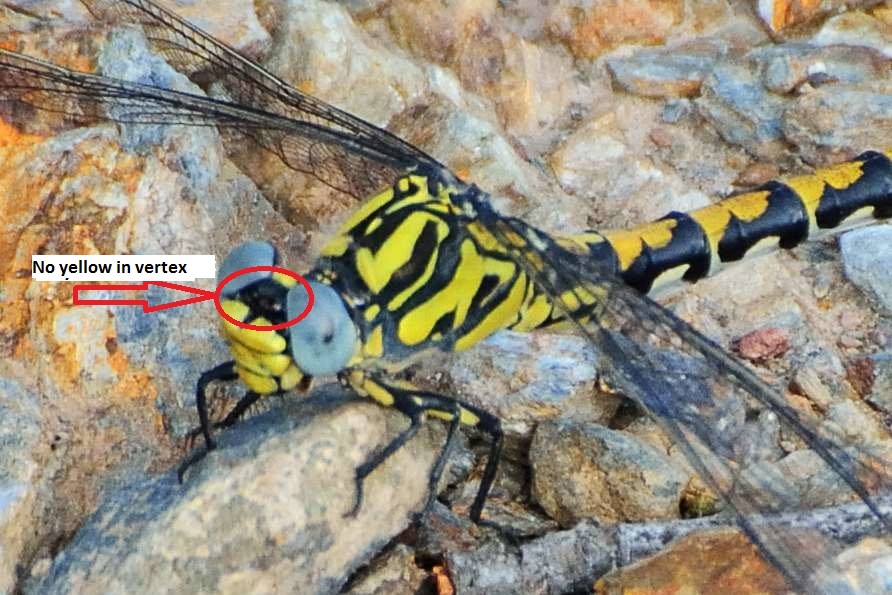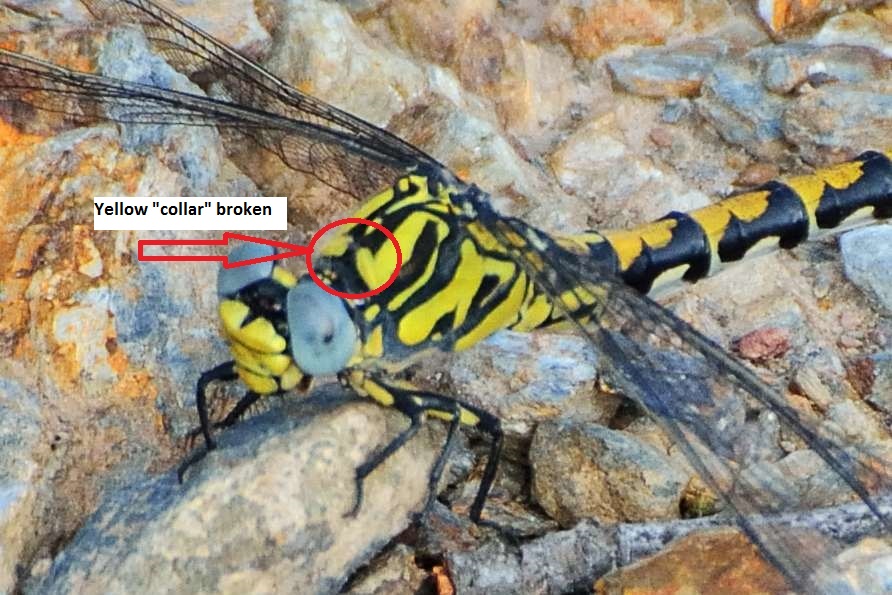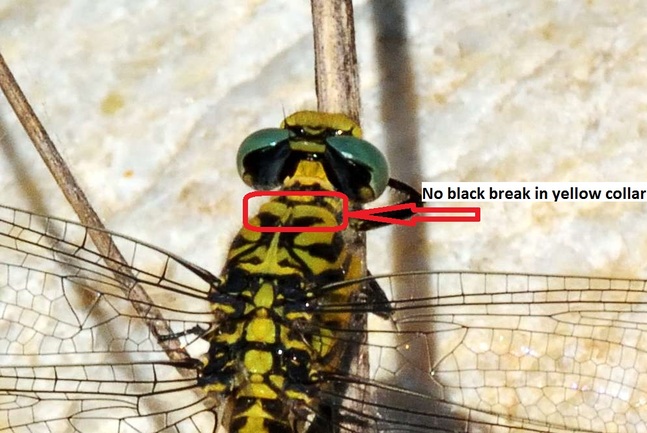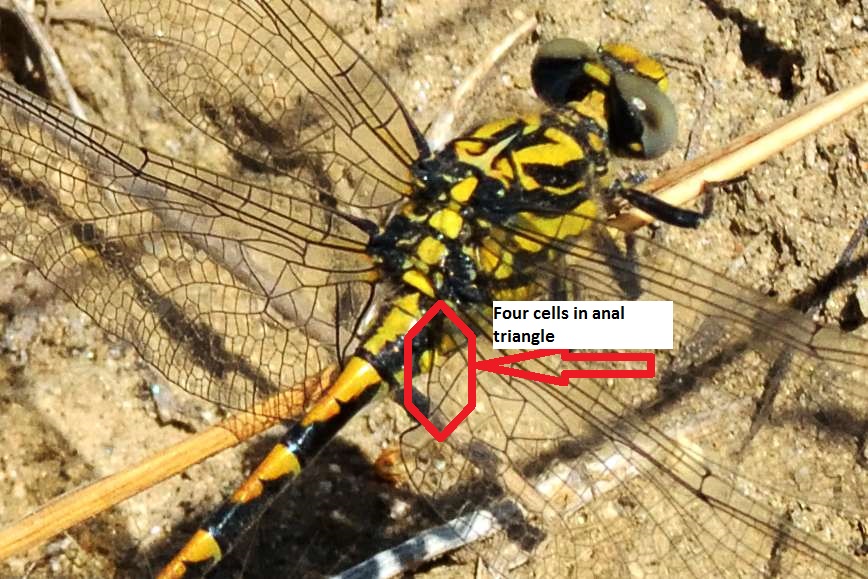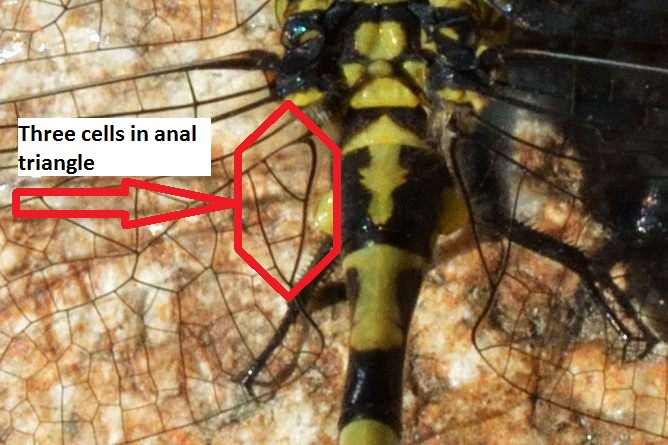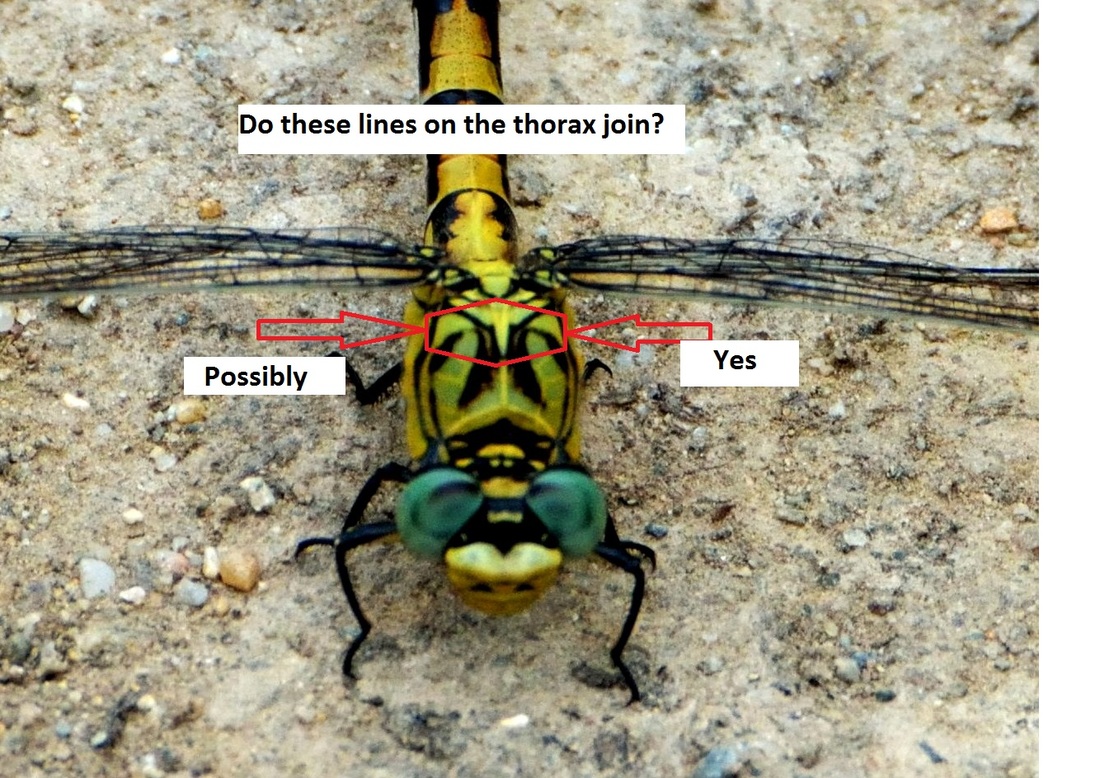Last Thursday was cold and not very spring-like, thanks to the fierce north westerly tramontane, but when I received an excited message from Isobel, saying she'd just seen an osprey, sixteen black kites and another big, unidentified raptor, all from the dual carriageway between Argelès-sur-mer and Perpignan, I was reminded that the spring migration was well underway; that strong wind was bringing them low. For some reason I usually miss most of the migrants at this time of year, but there was clearly a lot about that day and, after several months of finding little or nothing to report from the natural world, I was suddenly keen to get out there.
Ospreys! Last time I saw one of those was 1997 (in Florida - where they nest on roadsigns over motorways!). So where best to watch all this feathery drama close to home?
Internet research led me to a hillock between the village of Canet St Nazaire and the west side of the lagoon that Robin has blogged about previously. It's here where members of the local ornithology association, the GOR (Groupe Ornithologique du Roussillon) have been counting migrants - from chaffinches and wagtails to kites and cranes - since February. The "season" will last until about mid May, with the arrival of golden orioles and - last of the raptors - honey buzzards. Click here or see links below to websites for the GOR and Migraction (for details of sightings).
So I joined them for a few hours on three consecutive days...
Days one and two, the tramontane is blowing so violently it's impossible to hold the binoculars still and most birds are sensibly sitting it out - probably in their hundreds, just the other side the Albères in Spain!
Rightly or wrongly I can't get so excited about the smaller species, although I understand the importance of recording numbers for ecological monitoring purposes. And, as Robin has rightly pointed out to me before, diminishing numbers of small birds will result in diminishing numbers of their predators. We need to know what's going on. What I'm really hoping for, though, are those large raptors. If I had a powerful telescope I could see what's coming from a great distance, but for me to positively identify much through my binoculars (good though they are), everything needs to be reasonably close. To watch raptors really low, these guys tell me, I'll need to be on the hillock for the first hour or so after dawn - while it's still too cold for them to gain much height.
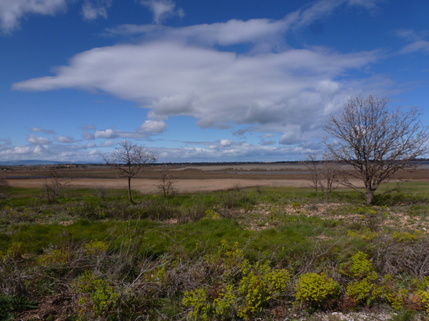
(Sorry, but my camera can't do bird photography, so these are all landscapes!)
In fact I saw my first ever marsh harrier earlier in the week, close to home when walking the dog. I'd just got it in the binoculars - and had decided this beauty wasn't a red kite after all - when a shot rang out close-by. I half expected to see the bird drop from the sky, but, happily, it continued to quarter the field in front of me. Worried that someone might be targeting these magnificent birds of prey, I decided to investigate, and set off in the direction the shot had come from.
After crossing a stream, I entered a field - vines to my right, oak trees and scrub to my left. In the winter I'd seen hunters among these trees before, hoping to bag rabbits or partridge. A hundred or so metres further on, I caught a glimpse of a figure in there. When I came up behind him I read "Police Municipale" on the back of his jacket: a policeman from one of the nearby villages. Was he investigating too? I shouted hello and, surprised, he emerged from the bushes, clutching ... a bunch of wild asparagus. When I asked him about the shot just moments ago, he claimed not to have heard it but told me what I already knew - that la chasse was over.
I digress. Returning to the hillock: marsh harriers are so smart - the males with their grey, brown and black markings, and females with their pale golden heads and shoulder patches. Every few moments one or more glides below us, across the tall straw-like grasses or over the water beyond. Fantastic to watch them from above as well as below. I'm on a high -
- and then a cry goes up: "Busard St Martin!" Hen harrier - male! - skimming the water left to right. Everyone turns, there's a scramble of feet, tripods and telescopes ... it's heading for the poplars ... "Non, c'est un pâle!" Not a hen harrier after all, but a true rarity: the Pallid Harrier. I wouldn't have known the difference (both being grey-backed with black wing tips) but these guys know their stuff, so I'm happy to be guided by them.
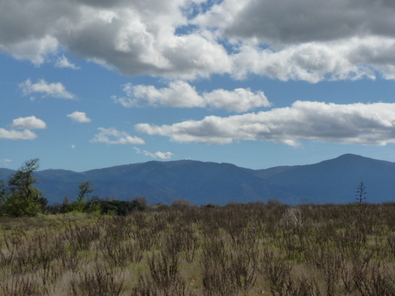
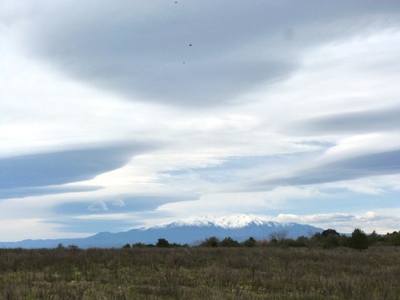
I'm the only foreigner but they're a very friendly, welcoming, informative bunch, and I'm gradually brushing up on French names of birds. Between noting alpine swifts (easily mistaken for a falcon at first glance), chiffchaffs, a distant spoonbill and short-eared owl, a hen harrier or maybe another pallid ... they tell me that for every female marsh harrier we see, there will be several males - relatively few females and immatures migrate; they invite me to look through their telescopes (unused to this, I can't focus on anything!) and there is general banter. But we all fall silent when a flock of fifty or so white storks reaches the hillock and flies low overhead. And as these elegant birds continue to wheel around us in a beautiful aerial ballet, I feel a stillness inside - a moment of intense peace.
Nature can be fierce, cruel, shocking. It can be wondrous and soothing. It's all around us, all the time, doing its thing - even during those winter months when there seems to be nothing going on.
I can't wait for the honey buzzards in May, having only ever seen one I could be certain of, a couple of years ago. But I shouldn't wish time away. Early April, I'm told, is the best time for booted eagles. There might not be that many flying along the coast (far more further into the Pyrenees, of course) but it's another raptor I'd really like to familiarise myself with. So, if weather conditions are right, I shall be returning to this interesting local hillock very soon - around dawn.
Links:
Groupe Onithologique du Roussillon: gorperpignan.pagesperso-orange.fr
www.migraction.net
